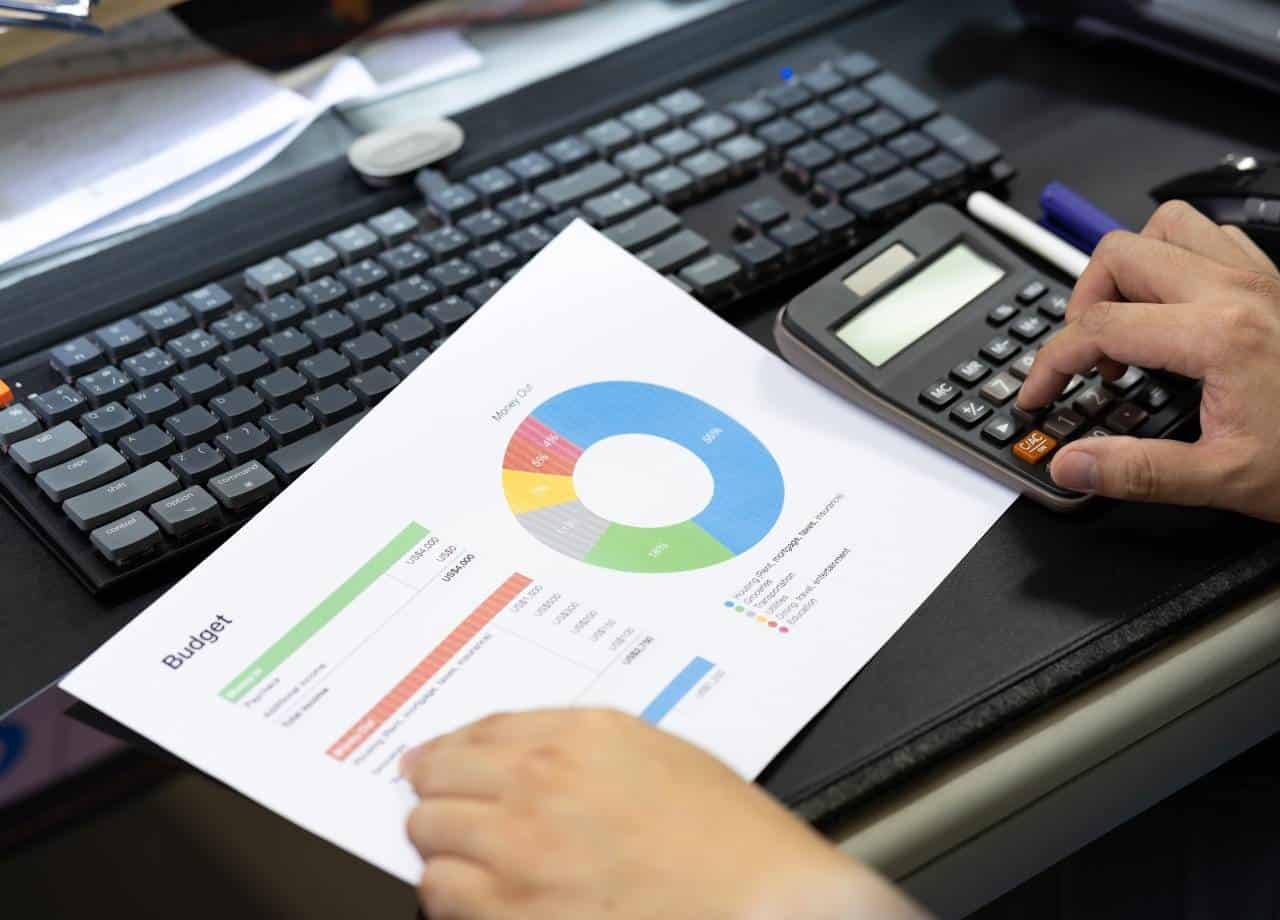Budgets aren’t about spreadsheets—they’re about clarity, control, and momentum. A good budget doesn’t just track what’s spent. It predicts where the property is headed, flags risks early, and helps you make smarter decisions in real time. When done right, a budget becomes the single most important tool for operating a high-performing property.
Too often, property budgets get treated like paperwork. Something built once a year, submitted, then mostly ignored until there’s a problem. That kind of budgeting turns you into a firefighter. Always reacting, never in control. The real power comes from building a budget that lives and breathes—one that’s responsive, constantly updated, and built to adapt.
This is how top-performing property managers stay ahead of NOI goals, control cash flow, and reduce surprises. It’s not complicated—it’s disciplined.
Start with the Right Foundation
A strong budget begins with understanding the actual performance drivers at your property—not just last year’s numbers with a few tweaks. Historicals matter, but they’re just one piece. The real work starts with forward-looking thinking.
Forecasting begins by asking the right questions. How are rents trending? What’s changing in your local submarket? Are there upcoming repairs or capital projects that will hit this year’s expenses? How many lease renewals are likely to stick versus churn?
Each of these answers reshapes the way you plan your revenue and expenses. Guessing puts your NOI at risk. Informed assumptions create breathing room and long-term value.
How to Forecast Revenue with Confidence
Rent roll isn’t just a list of current leases—it’s a roadmap for forecasting. Break it down by expiration dates, lease terms, and renewal history. Properties with stable renewal patterns can safely build in modest increases. Ones with churn or heavy turnover need more caution.
It’s not just about rents either. Concession strategy, vacancy loss, and delinquency rates should all be modeled. What happens if your collections drop slightly next quarter? Or if your average days vacant creeps from 15 to 25?
Ancillary income should be forecasted just as carefully. If you’re charging for pet rent, covered parking, or smart home packages, those streams must be built into your model based on actual utilization, not just potential.
The most accurate forecasts come from properties that review leasing velocity monthly, track rent trends weekly, and adjust expectations in real time. Waiting for quarter-end data leads to missed opportunities and blown budgets.
Align Expense Forecasting with Operational Reality
Expenses don’t follow clean lines. They spike, drop, and fluctuate based on season, usage, and age of the property. Budgeting a flat 5% increase across the board is lazy and dangerous.
Instead, review each category—maintenance, landscaping, utilities, management fees, insurance—and apply real-world logic. If your HVAC systems are aging, you’ll likely see a jump in repairs. If your city’s utility rates are changing, build that in early.
Use the data your vendors provide. Ask them for 12-month service costs, expected increases, and risk areas. Don’t just budget based on what you paid last year—budget based on what will be needed to support the level of service your residents expect.
Properties that tie expenses to real operational needs—not just line-item history—get better control over NOI and fewer surprises.
Capital Projects Must Be Tied to NOI, Not Just Wish Lists
Every major capital item—roof replacements, amenity upgrades, unit renovations—should be measured against its projected impact on either rent growth, retention, or expense savings. Budgeting for CapEx without a clear ROI model puts cash flow at risk and muddies performance reporting.
If you’re planning upgrades, your budget should show when the cost hits, what the payback period looks like, and what kind of leasing or retention lift you expect. Otherwise, it’s not a business investment—it’s just spending.
Align this with [Capital Planning and Value‑Add Projects That Pay Off], where we dig deeper into prioritizing capital improvements based on financial impact.
Turn Your Budget into a Living System
The best budgets don’t sit in folders. They evolve. They’re reviewed every month—not just compared to actuals, but adjusted based on what’s coming.
Did turnover spike this month? Adjust your make-ready budget and track how it’s trending. Did your property sign more renewals than expected? Adjust your revenue forecast upward and reallocate spend where it adds value.
Budget variance isn’t a red flag—it’s a roadmap. A favorable variance tells you what’s working. A negative one shows you where to dig in and solve. The key is reviewing monthly, investigating the “why,” and updating your plan accordingly.
This kind of dynamic budgeting is what separates reactive properties from those that outperform. It’s what lets you hit NOI targets even when things change—because they always do.
Common Budget Traps That Kill Performance
The biggest mistakes come from setting and forgetting. Properties that only look at their budget during annual planning or when ownership asks for a report are always chasing the numbers.
Another trap is over-optimism. Budgeting unrealistically high rent growth or underestimating repairs leads to shortfalls. Owners expect accuracy, not hope.
And then there’s the mistake of copying last year’s numbers with no deep review. The market changes fast. Insurance premiums rise. Vendor contracts shift. Resident expectations evolve. A budget that doesn’t reflect current realities isn’t useful—it’s a liability.
Why This Ties Directly into NOI and Cap Rate
Your budget isn’t just an internal tool—it’s your blueprint for protecting and growing NOI. When your expense forecasting is tight, your NOI becomes more predictable. When your revenue assumptions are based on real leasing trends and renewal patterns, you hit your targets more consistently.
That predictable NOI drives cap rate compression. Investors and owners trust properties that show reliable performance. It also feeds directly into cash flow, which determines your ability to reinvest, expand, or weather a downturn.
When budgets are built this way, everything else clicks. It becomes easier to model upgrades, pitch value-add strategies, and align your entire team around measurable goals.
What to Tackle Next
Once your budget system is strong, the next step is making sure your pricing and leasing strategy are working in sync. That’s where [Pricing, Leasing, and Renewals That Maximize Effective Rent] comes in. Then, move to [Expense Control and Procurement Strategies That Protect NOI] to get deeper into keeping your budget on track after it’s built.
The more connected each system becomes—budgeting, pricing, leasing, maintenance—the faster you move from reactive to strategic. And that’s where real performance starts.






